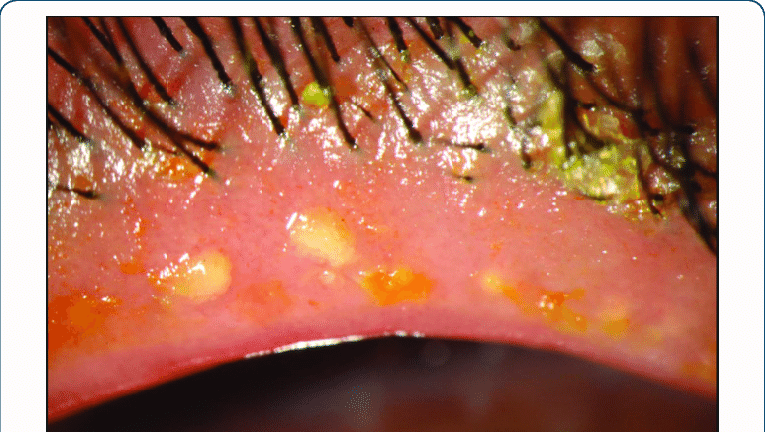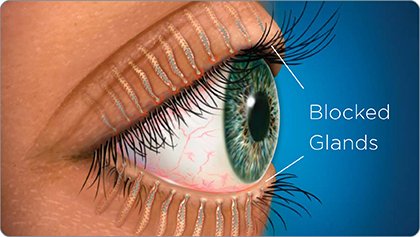Introduction: This patient information leaflet is designed to provide you with a clear understanding of Meibomian Gland Dysfunction (MGD), the various types of blepharitis, chalazion, and stye. As an oculoplastic surgeon and eyelid expert, Dr. Koutroumanos is dedicated to your eye health and offers expertise in seamless removal of all types of eyelid lesions, as well as the medical management of blepharitis. This comprehensive document will equip you with the knowledge needed to make informed decisions about your eye care.
Understanding Meibomian Gland Dysfunction (MGD): Meibomian glands are small oil-producing glands located within the eyelids. MGD occurs when these glands become obstructed or dysfunctional, resulting in an insufficient release of oils onto the surface of the eyes. This can lead to dry eyes, discomfort, and other related issues. MGD is closely associated with the development of chalazion and stye.
- Dryness, itching, or burning sensation in the eyes
- Redness and swelling of the eyelids
- Crusting or flaking along the lash line
- Sensitivity to light
- Watery or sticky discharge
- Blurred vision or fluctuating vision quality
- Presence of a painless bump (chalazion) or a painful red lump (stye)
- Warm Compresses: Applying a warm compress to the affected area can help open blocked glands, promote oil flow, and alleviate symptoms.
- Lid Hygiene: Regular eyelid hygiene using prescribed cleansers can remove debris and bacteria from the eyelid margins.
- Antibiotics: In cases of bacterial infection, oral or topical antibiotics may be prescribed to treat styes.
- Steroid-Containing Ointments: Your oculoplastic surgeon may prescribe steroid-containing ointments to reduce inflammation and promote healing in certain cases of chalazion and blepharitis.
Surgical Options:
- Incision and Curettage: For persistent or large chalazia, a minor surgical procedure called incision and curettage may be performed. Dr. Koutroumanos, our eyelid expert, is highly skilled in performing this procedure. It involves making a small incision and removing the contents of the chalazion. The procedure is typically performed under local anesthesia and is generally well-tolerated.
- Stye Drainage: If a stye does not resolve with conservative measures, your oculoplastic surgeon may perform a small incision to drain the abscess and alleviate symptoms.
Eye Drops and Ointments:
- Artificial Tears: Lubricating eye drops can provide temporary relief from dryness and discomfort associated with MGD, blepharitis, chalazion, and stye.
- Antibiotic Ointments: In certain cases, your doctor may prescribe antibiotic ointments to address bacterial infections and promote healing.
- Steroid-Containing Ointments: To reduce inflammation and aid in healing, Dr. Koutroumanos may recommend steroid-containing ointments in specific cases.
Recovery Period and Expectations: Following a chalazion removal procedure, you can typically expect the following:
- Minimal discomfort and swelling in the treated area, which usually resolves within a few days.
- Use of prescribed antibiotic ointments or drops to prevent infection and aid in healing.
- Instructions for post-operative care, including proper eyelid hygiene and the use of warm compresses as recommended by Dr. Koutroumanos.
- A follow-up appointment to monitor your healing progress and address any concerns.
Conclusion: We hope this patient information leaflet has provided you with valuable insights into Meibomian Gland Dysfunction, the various types of blepharitis, chalazion, and stye. Led by Dr. Koutroumanos, our clinic specializes in the diagnosis, seamless removal of all types of eyelid lesions, and medical management of blepharitis. We are committed to providing you with the best possible care and expertise. Please feel free to contact us to schedule an appointment or for any further questions you may have. Trust in our expertise, and let us guide you towards healthier and happier eyes. Check our reviews on site or at Top Doctors.








